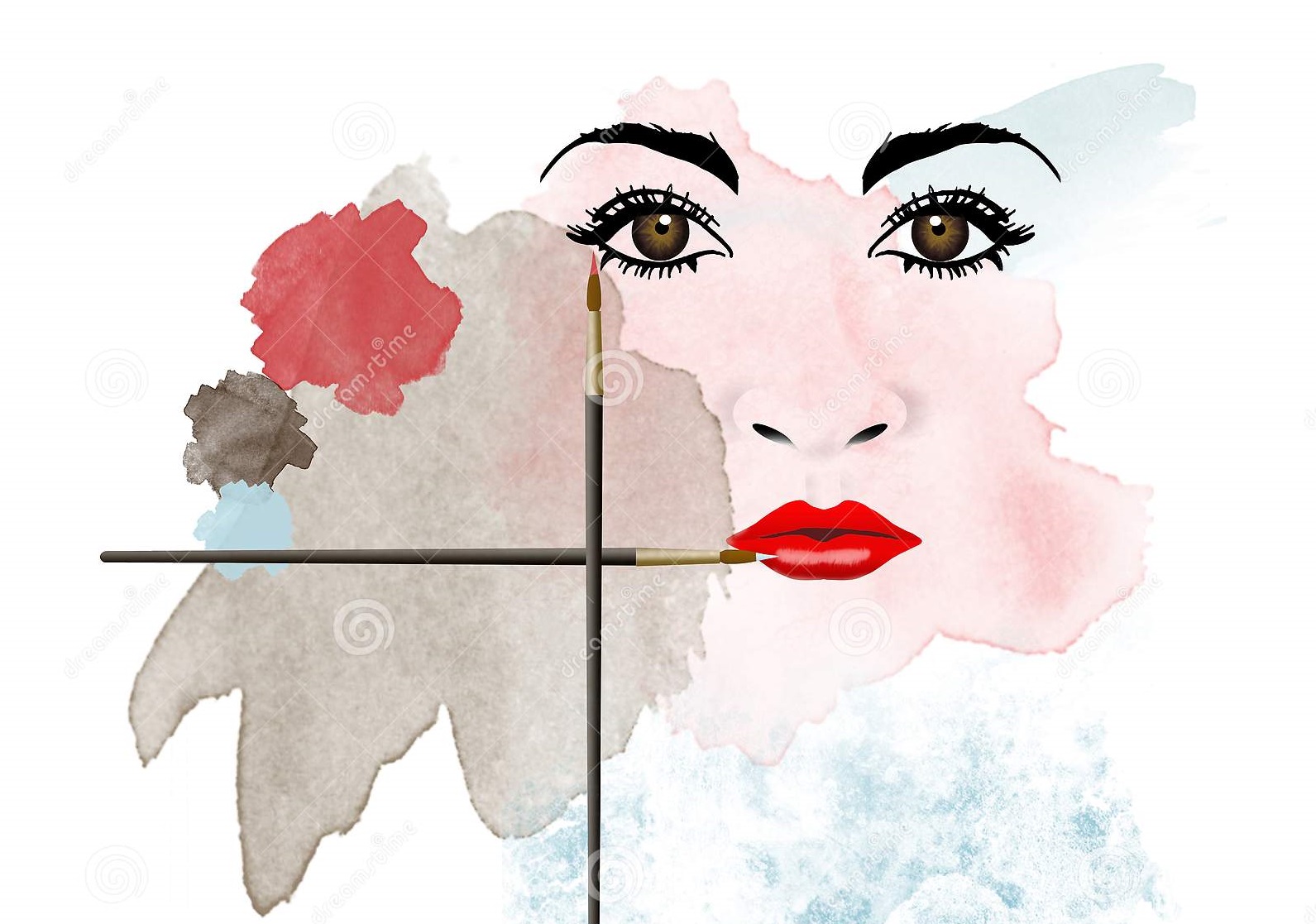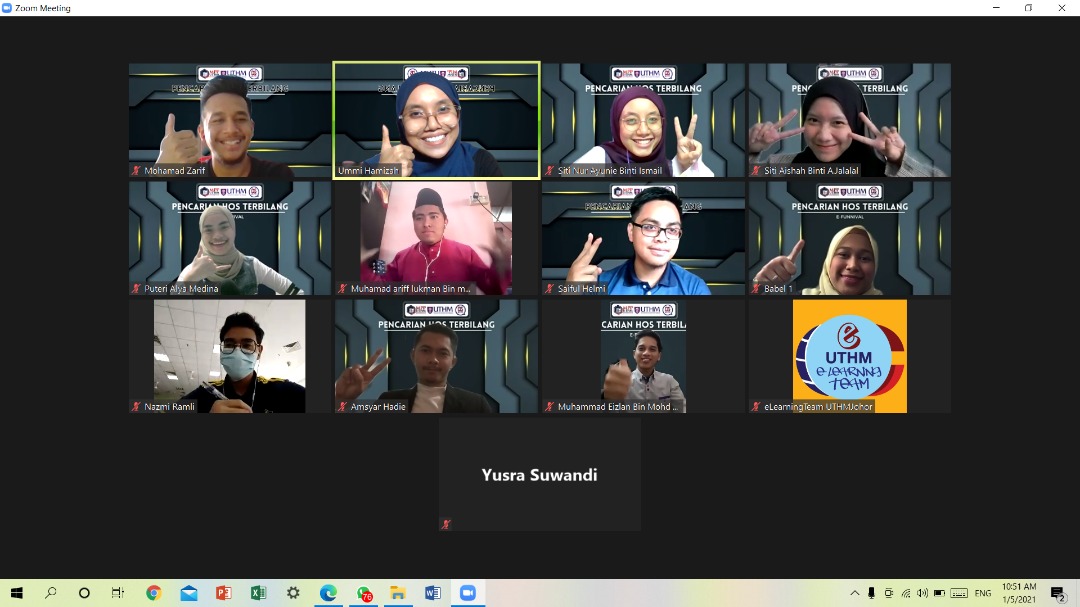
Our society is always conscious of how not to ‘lose face’ directly translated to ‘air muka’. We even have a direct translation of ‘don’t drop my water face – air muka’.Unfortunately, there are some who would rather lose face in salvaging the best for society.
Personal identities are easier to be build when we are in public especially if one is a prominent politician in creating a positive image. In a small community, for example, a family usually operates in tandem, as a husband and wife work together to defend their family’s image. Being considerate of others’ face is considered a norm of civility. There is also evidence that people aid those they like by reinforcing and protecting the preferred identities of persons they care about. This is where the idea of framing in the news and media comes along. Thus, there are many examples of this in daily life. In a group of organizations, people would support their friends in a calculated manner by describing them in a manner that is advantageous to those with desirable (but not undesirable) physical features. As an individual, a positive self-presentation is essentially a performance concerning which an individual has high expectations and by which he or she would like to be judged.
Losing one’s face is the scene that often springs to people’s minds. A simple example of losing face is when influential political figures stammer, mispronounces and make blunders while speaking in a mass congregation attended by international representatives; that person is in an awkward situation, then we can say that you understand what it feels like to “lose face.” Because you weren’t doing a good job on stage, you were ashamed. Some of the scenes include, in cases when you should wear suitable attire to a function or maintain your composure when you’ve lost your temper. When you cry in public, make nasty comments to a friend, ask someone out on a date and be refused, or even cheat on a faithful relationship are some of the examples where you are losing face.
Erving Goffman (1950s-70s) pioneered to propose a comprehensive theory of face and facework. Based on Goffman, this article defines and discusses the concept of facework. The facework is Goffman’s term for what we show others when interacting. This picture is based on our expectations of what is considered normal social behaviour. For example, when a buddy is in need, we may describe ourselves as sympathetic and supportive. We use communicative tactics we operate to keep face is facework. It is a two-way process. In other words, the process encompasses our own efforts in constructing and maintaining our face as well as the attempts we expect others to do to preserve our face.
The interaction would become chaotic if there is no cooperation among the speakers to sustain their own and others’ faces; the norms as interactions guidance are established on the supposition that people have to value their own and others’ faces. In fact, Goffman coined the term “shameless” to describe people who consistently act inappropriately in public and appear unconcerned. The term “heartless” describes people who can stand by and watch others lose face while feeling no compassion.
Goffman used a theatrical metaphor to illustrate the concepts of face and facework. Because the actors have a backstage in which they formulate to play on the front stage, we, as ordinary persons, also own a backstage in public;when we are in our private space of our homes. On the front stage, our props, lines and costumes are expected to work appropriately—that is to say, wearing the appropriate attire ,not spilling our drinks, not treading on the pavement, not mentioning people with the incorrect name and not wearing our everyday attires to attend a wedding. We should show good emotions (even if not sometimes genuinely felt) and moderate negative emotion displays (constraint our anger toward others). According to Goffman, when on the front stage, the individuals we interact with serve as the audience. Although we usually regard our home as backstage, it is sometimes essential to put out the morning’s stress and build a calmer face as we enter the public realm.
People could be more casual at home and with friends in social settings. Still, the major guidelines for creating a suitable face or image are still relevant. Sometimes, the facework seems uninteresting and ordinary in supporting their performance and others. Consequently, some people are more aware of face loss and are therefore more proactive in addressing it. Generally, facework can be either preventive or corrective.
Preventive facework happens when we feel that we may intimidate our own or other people face. For example, using negations such as “I might be wrong, but,” “this could be irrelevant item, but,” or “I know this might upset you, but” informing a listener that we distinguish our comments may reveal our competence or sensitivity to the needs of others. Even question that make us fear like, “does this makeup make me look ugly?” obliges us to find a polite way to soften the potential criticism (threat to other’s face) by responding something such as, “Well, I think, I prefer the other way look.”
Corrective facework is accomplished after the face has been intimidated or lost. If the incident is considered trivial, then simple expressions such as “Excuse me” or “I’m sorry” will be sufficient. But, when the occurrence is more critical, the order of four interaction “moves” known as the remedial interchange may be necessary to restore face. First, a challenge is constructed that needs attention to the face-threatening act. The challenge may be implied or explicit. For instance, if you are supposed to go for an online meeting at 2.30, but you do not arrive until almost 3.30. Your boss or colleague might have an impression that you don’t value time or he more direct by saying, “You’re late; what happened?” Both of these actions function as a challenge.
Second, as the affronting person, you present an offering that demonstrates you are aware of and sorry about being late. Offerings usually include apologies, excuses (explaining extenuating circumstances), and justifications (attempts to minimize the severity of the action). So you might first apologize and make an excuse (“Sorry. I got held up, and the internet has problems”). Or, you might apologize and offer a justification (“Sorry. I know I’m a little late, but it’s Thursday, and we can recompensate the time.”). Let’s say that the submission is acceptable, the offended person agree to take and the offending person closes the exchange with an appreciation or thanks. In the case of late dating for example, your date might say, “No problem, I’ve been reading the menu and watching some videos on Youtube” and you would reply, “Thanks, I’m starved.”
Research after Goffman’s earlier work has acknowledged other remedial actions that people do to restore face. Research indicates that in addition to apologies, excuses, and justifications, people sometimes use remediation, which physically corrects the situation (e.g., cleaning up a spilt food or correcting the situation quickly). We often conduct remedial action for the person who has lost face to restore face. For instance, there have been numerous narratives on the effectiveness of the Health Ministry lately, and with our new Health Minister, he had made the remediation actions to uphold the ‘face’ of the ministry to the public. Interestingly, our new Health Minister, YB Khairy Jamaluddin had also taken to Tik Tok to present a positive facework.
In addition, people who have lost face or observed others lose face employ humour to alleviate the tension (e.g., “I’m such a klutz” or “Way to go, Elle”).Research on humour is still scarce but with the pandemics, many people will employ humour to alleviate tension of the pandemics.
Finally, two different strategies include avoidance (e.g., ignoring a behaviour or action to not draw attention to it) or aggressive actions (e.g., insult, criticism, or retaliation). Interestingly, when YB KJ did not reply to a person commenting on his post, misunderstanding on the word “ceiling” and “selling; KJ is actually saving the commentator’s ‘face’. Aggression is not typically an effective tactic, although it can be used to retaliate against someone who has tenaciously harmed another person’s ego. This includes determining authority or teaching someone a lesson in ensuring the situation does not happen again. To summarise, facework is an everyday occurrence. We take it for granted until we experience the sting of shame and know we’ve lost face. Fortunately, the collaborative efforts of others generally assist us in regaining our face and continuing the engagement.

Dr. Siti Noor Fazelah Mohd Noor
Principal Researcher
Centre for Communication Science Research
Universiti Tun Hussein Onn Malaysia (UTHM)









